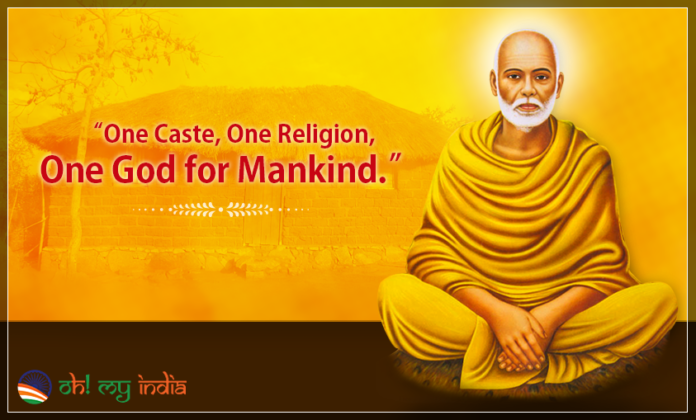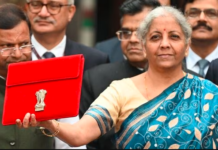Sri Narayana Jayanthi is celebrated in southern states of India. It marks the birthday of Narayana Guru, greatest Saint and Social reformer of India.
Narayana Guru was born in c.1856 – 20 September 1928 AD, he was a social reformer who was born in Ezhava caste family in that era when people from such communities, which were regarded as Avarna, faced much injustice in the caste-ridden society of Kerala. He led a reform movement in Kerala, rejected casteism, and promoted new values of spiritual freedom and social equality.
Early life and Education
Narayana Guru’s father was Madan Asan and his mother was Kutti Amma. He was the only son of his parents in the family of Vayalvaram, of which a small cottage is still remaining next to a Bhagavati Temple called Manakkal. Even though Madan Asan was not rich, he was of moderate means. His title, Asan, shows that he was looked upon with respect by his villagers. It is not known if he was a teacher. It is likely that Nanu, as Narayana Guru was called by his parents, learned Tamil, Malayalam, and Sanskrit from his father.
Contribution To Change Society
From Rameswaram to Kailas there are thousands of temples dedicated to Shiva. In most of them, the deity installed is Sivalinga. But when Narayana Guru picked up a stone from the river Neyyar and installed it on a pedestal with a silent prayer, it made a landmark in the social and spiritual history of India.” This Sivalinga is more ‘talked about than the Sivalinga of Rameswaram installed by Sri Rama himself. It is probable that the caste tradition was not so rigid in the days of Rama so that no Brahmin questioned the right of a Kshatriya to install a Sivalinga. Narayana Guru’s transgression of the convention which had persisted for over 3000 years was not at all acceptable to the caste-people of India. Not only was the Guru not a Brahmin, he was not even a shudra. He came from a community which was totally outside the four varnas.
On the basis of their caste, these people had been condemned to age-long suffering and were segregated and spurned. The Guru’s watchful eyes lighted on the group. He asked the crowd if these people should be segregated. Why should they not come and feel equality with the others The Guru arranged that two of the boys from the crowd be brought on the platform, and seated them, after kind questions, one on either side of him. “They are God’s children as much as the others”, he murmured, and tears of compassion more eloquent than speeches carried home his silent message to the crowd. Even they who would have growled at such a “departure from tradition, could not resist the winning power of the Guru’s eyes. They crouched, innocent of the axe, which the Guru aimed at the dead root of tradition.
Legacy
Today, Narayana Guru is understood, believed and followed different people in different ways. From the very name, it is easy to see that the founders of the organization derived their inspiration from Narayana Guru and wanted to foster his teachings as something similar to the dharma of the Buddha.
The organization that works as an international movement is the Narayana Gurukula founded by Nataraja Guru, a direct disciple and spiritual successor of Narayana Guru. The Gurukula has expanded its function by founding the East-West University a unique educational movement, which is very much more a university of the people anywhere than one managed by a group of people somewhere. The main Gurukula centers are in India, Singapore, Malaysia, Fiji, Australia, Europe and America.












